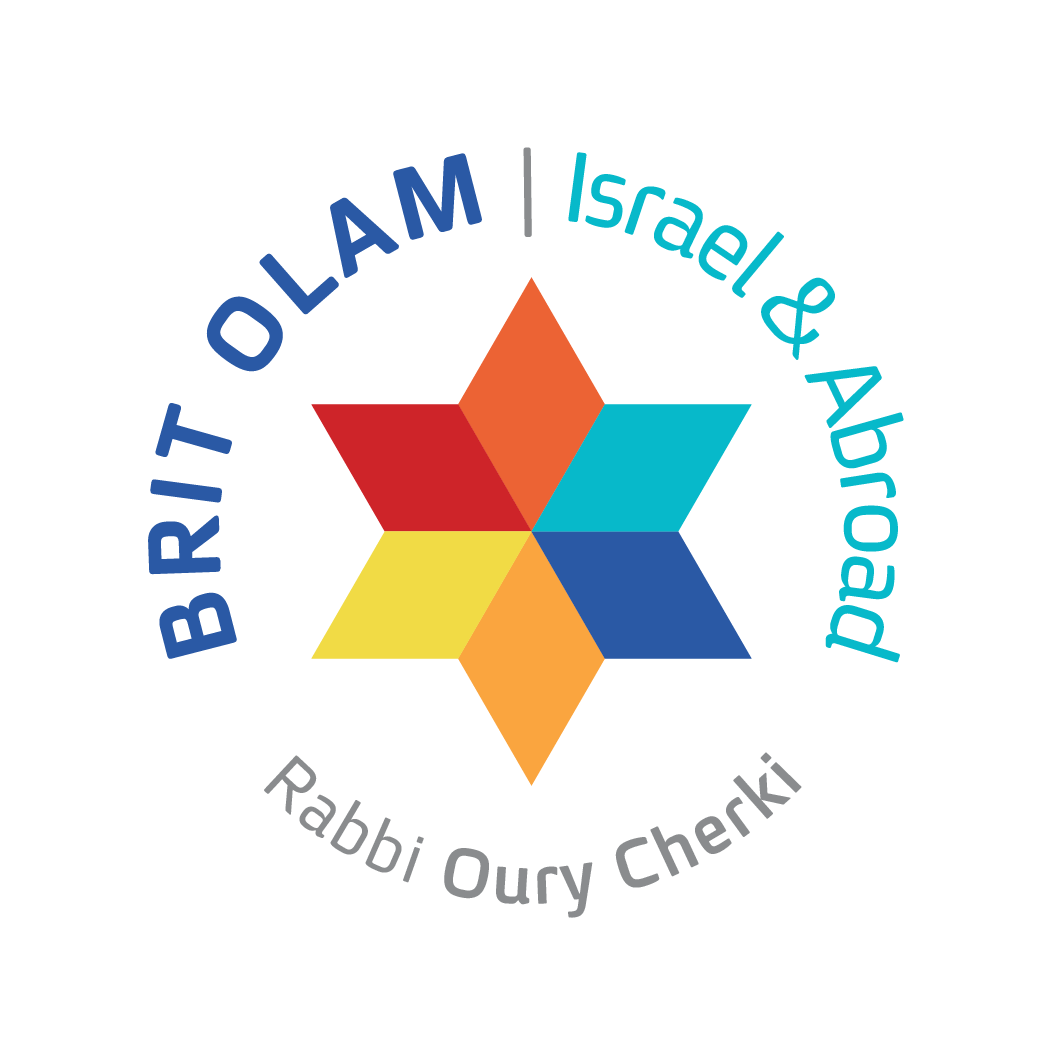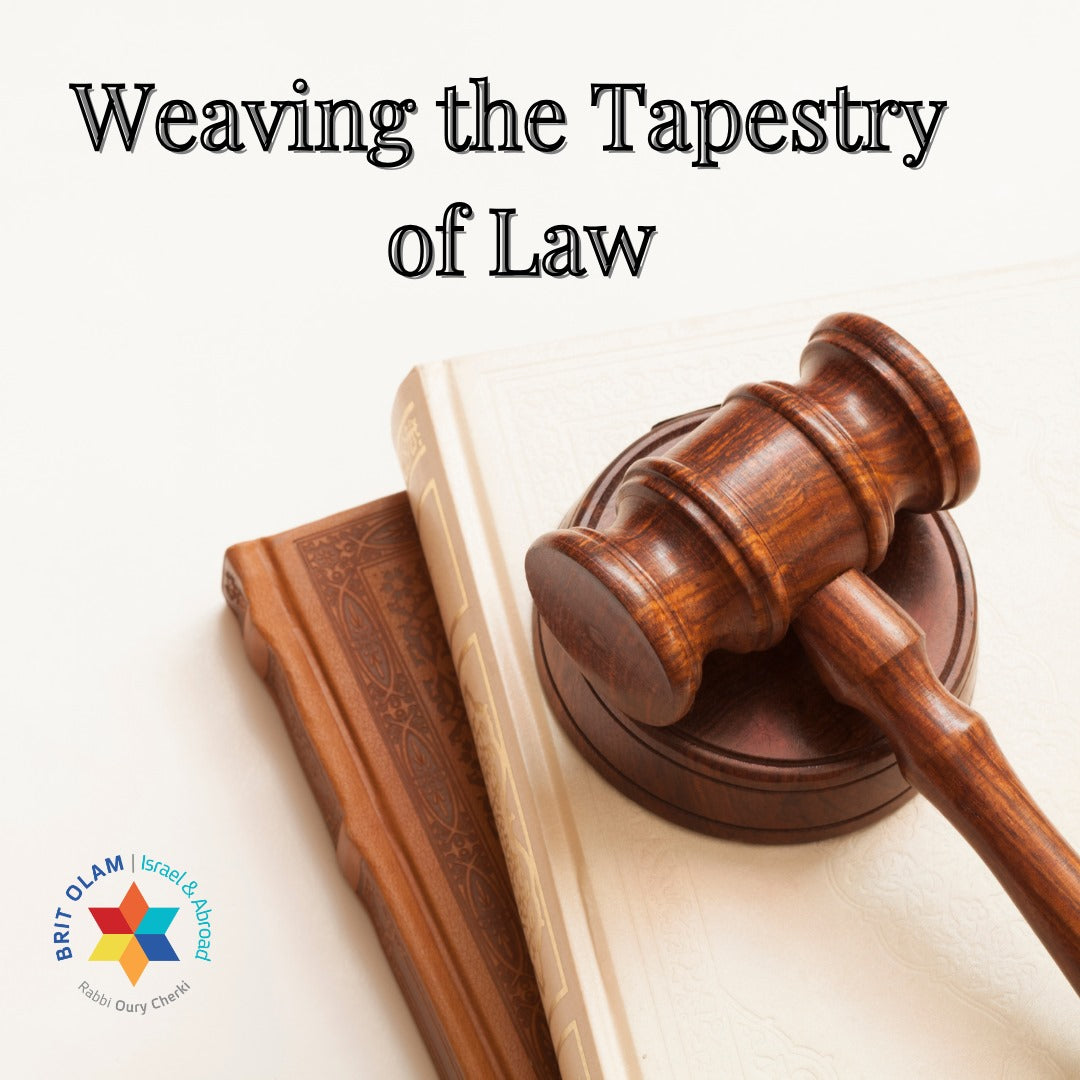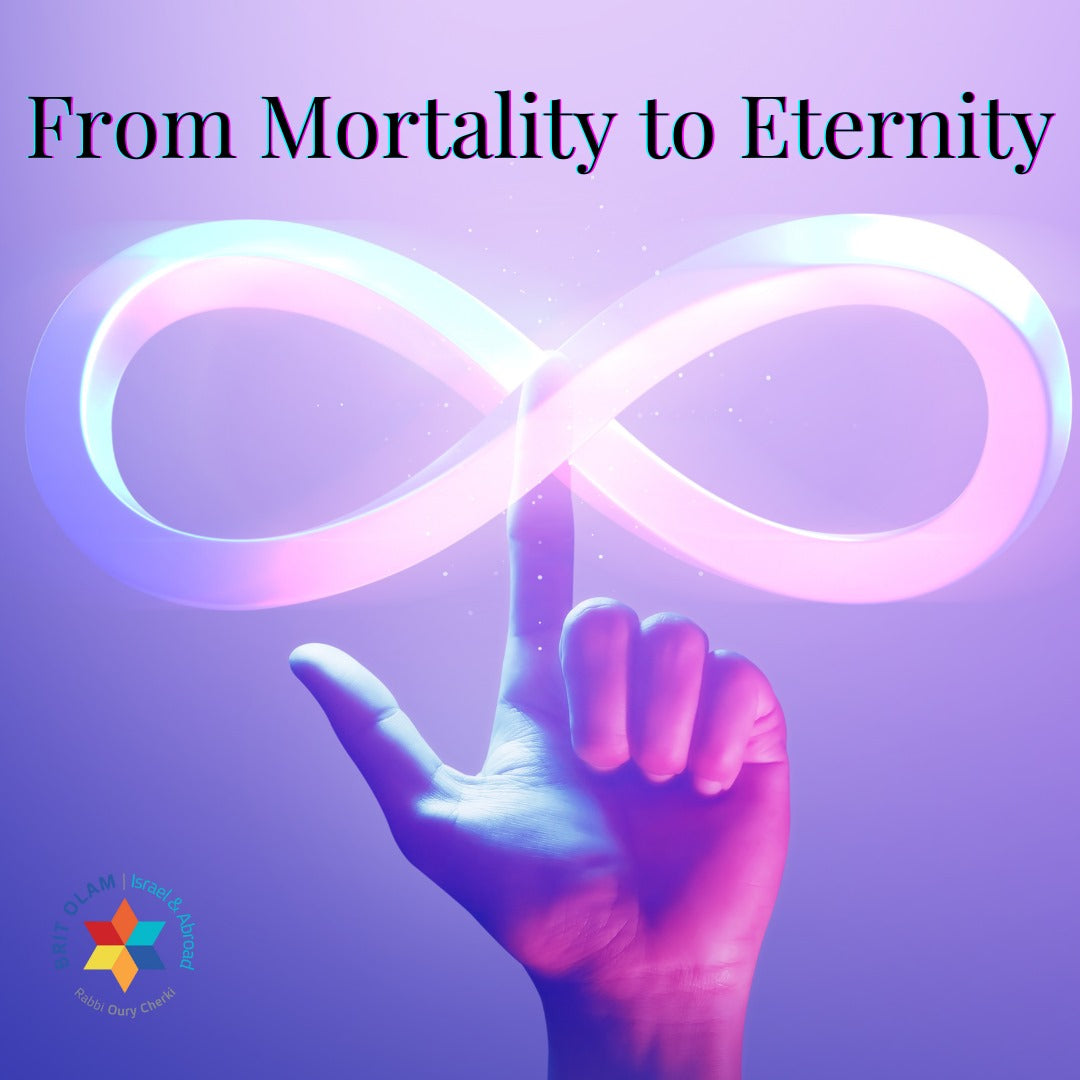Tzelofchad's Daughters Propel the Nation
Towards a Paradigm Shift in Spiritual Fulfillment
In the depths of ancient biblical narratives lies a captivating tale of empowerment, wisdom, and an unexpected twist that challenges conventional norms. Parshat Pinchas, a captivating chapter within the Book of Numbers, introduces us to a group of women whose bold initiative transcends the boundaries of tradition. These five sisters, the daughters of Tzelofchad, found themselves in a perplexing predicament, navigating the complex landscape of inheritance rights in a patriarchal society. Their remarkable story sheds light on the intricate dynamics of divine revelation and presents a profound lesson on the relationship between human agency and spiritual fulfillment. Join us on a journey through this extraordinary narrative, where the will of the Creator intertwines with the people's aspirations, illuminating the essence of the Oral Torah and the pursuit of completeness.
Parshat Pinchas tells us about an unusual initiative. The initiative of a group of women - five sisters who are the daughters of a man named Tzelofchad, who died in the desert and did not merit entering the land of Israel [Numbers 27]. The initiative is unique because it shows that sometimes the Torah does not convey the will of the Creator through Moses precisely. Still, some initiatives come from within the nation, people who need spiritual completeness.
What is the story about? In our portion, it is about five daughters, all daughters of one man who has no son. According to Jewish law, as conveyed by Moses, the one who inherits the father's inheritance is the son, not the daughter. And they said, "But our father has no son. What will happen to his inheritance? Will his inheritance pass to our uncles over our brothers, or perhaps the will of the Creator is that if there is no son to inherit, then the daughter should inherit."
And to our great wonder, our teacher Moses does not know how to answer. He turns to the Holy One, blessed be He, to request a ruling on the question of Tzelofchad's daughters, and then a new law is revealed.
The Holy One, blessed be He, says to Moses, "The man shall die, and his inheritance shall be passed on to his daughter." In other words, would this law have been known if it were not for the question of Tzelofchad's daughters? Perhaps it would have been known later after Moses had conveyed it, but it seems that the transmission of the Torah occurs through two channels.
A channel flows from above to below - the channel that passes through Moses. Along with that, there is also a channel that flows from below to above. Thus, the Holy One, blessed be He, designates His word through Moses and the initiative of human beings who need completeness.
And this is a great lesson that is the foundation of the entire Oral Torah. The Oral Torah is a Torah in which a person partners with the Creator in his creation. This is the elevation of the generation of the desert towards their entry into the land of Israel when the natural forces awaken within the nation and reveal a special holiness of unique commandments that we did not know about from above. This initiative of those five righteous women, the daughters of Tzelofchad, who felt the need to complete something in the Torah, the channel through which the will of the Creator is revealed regarding inheritance matters.



